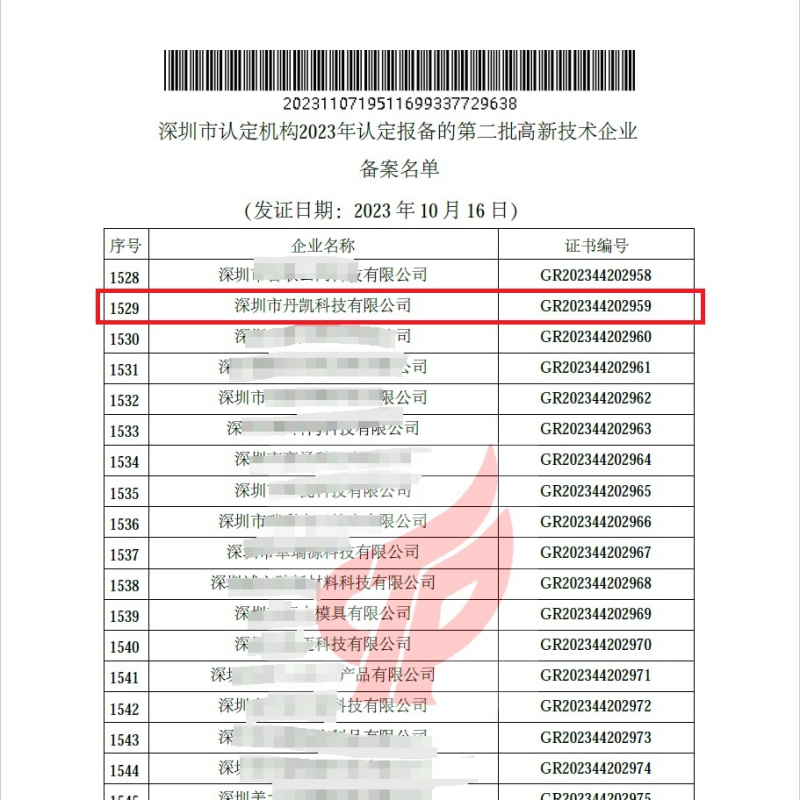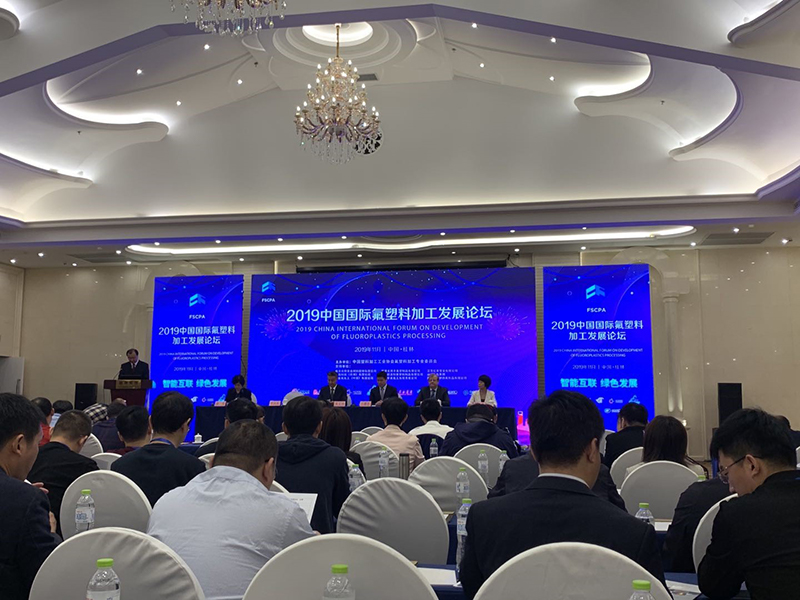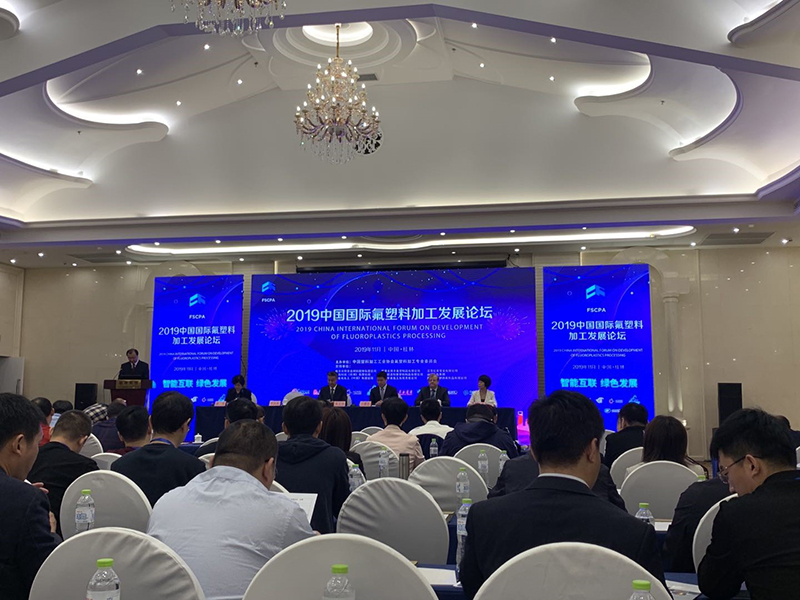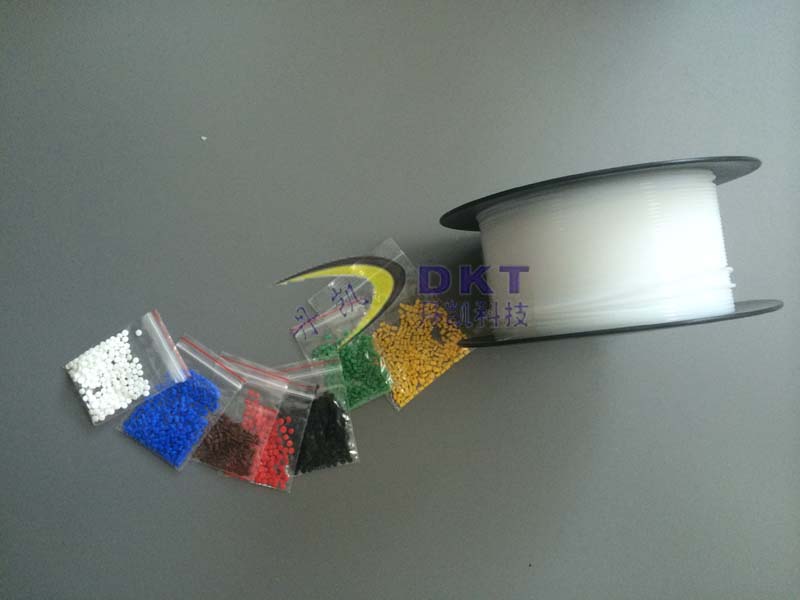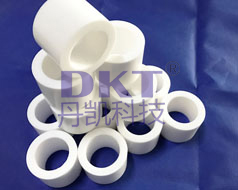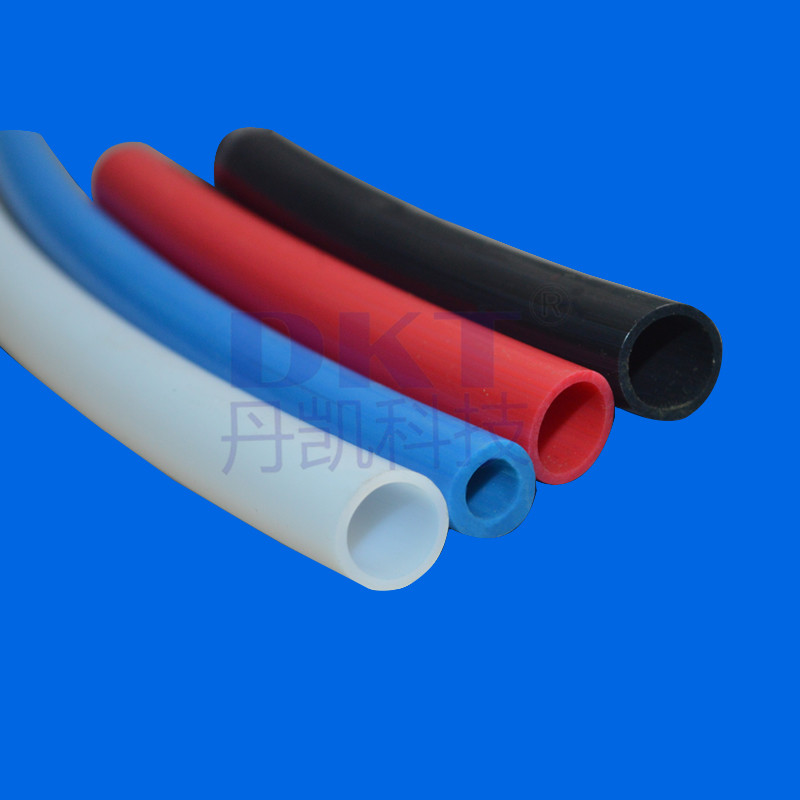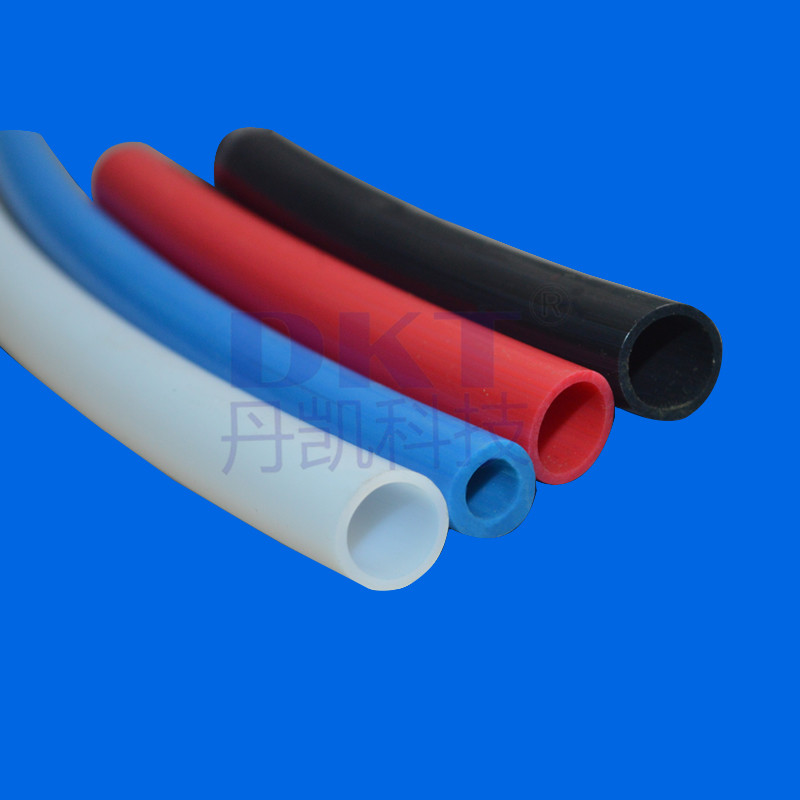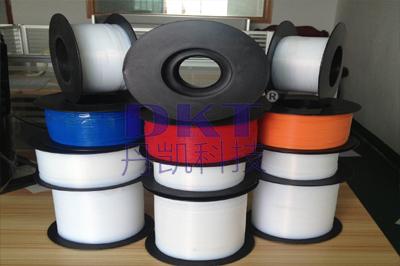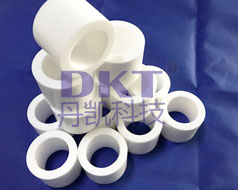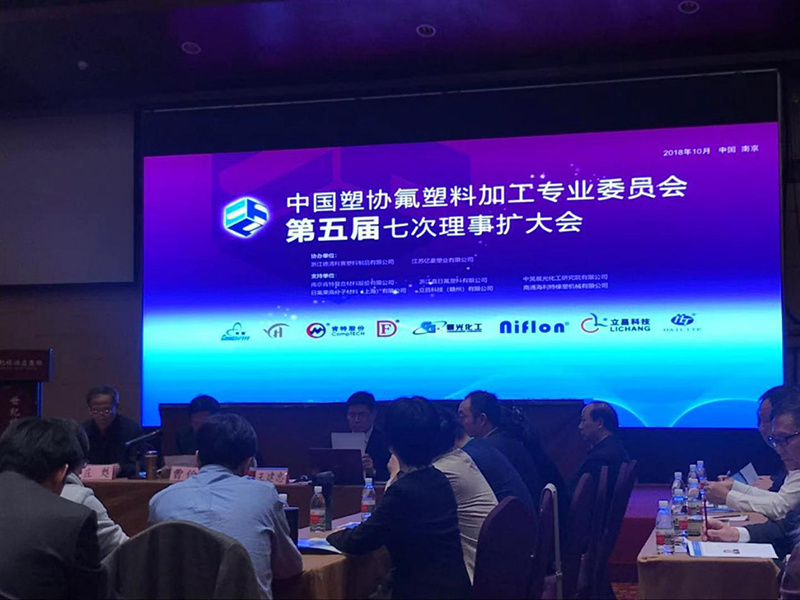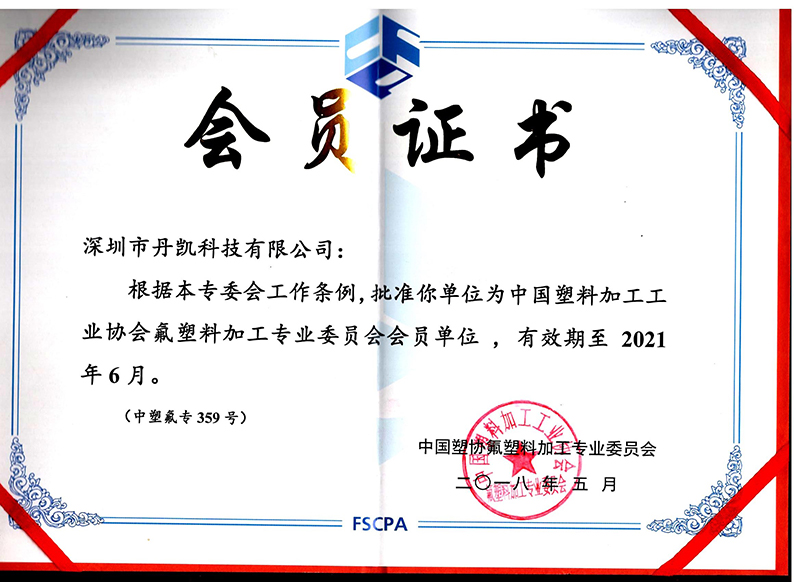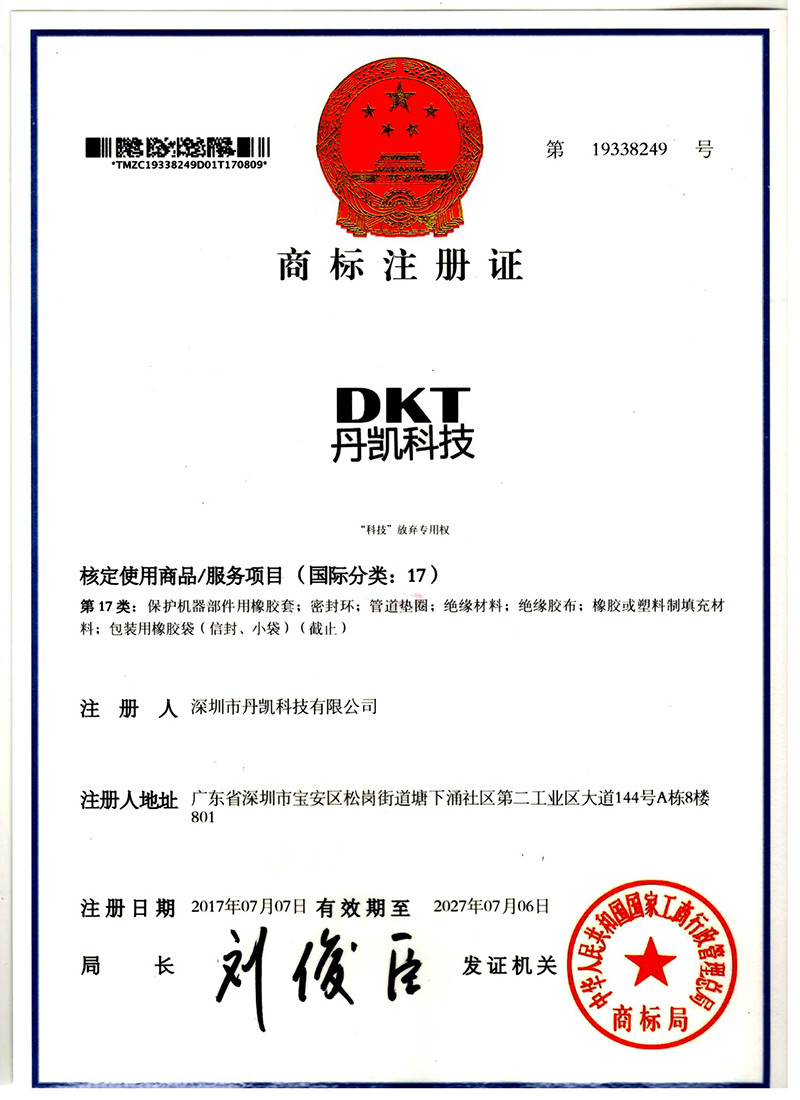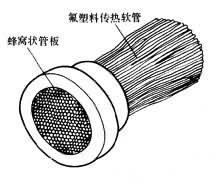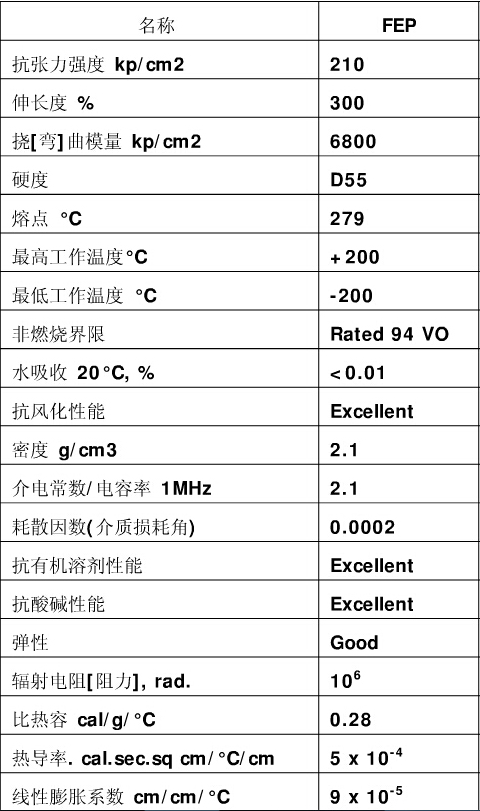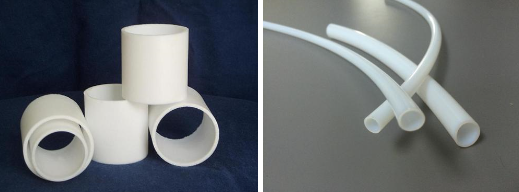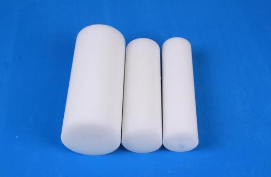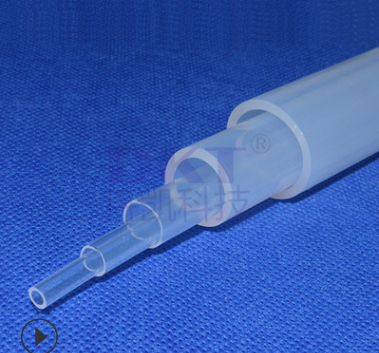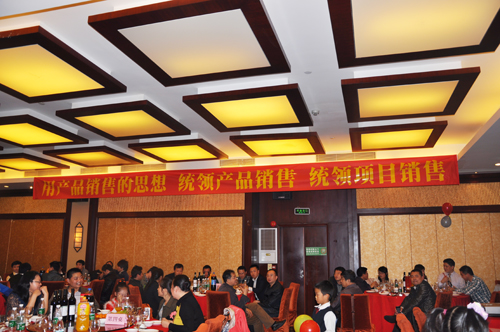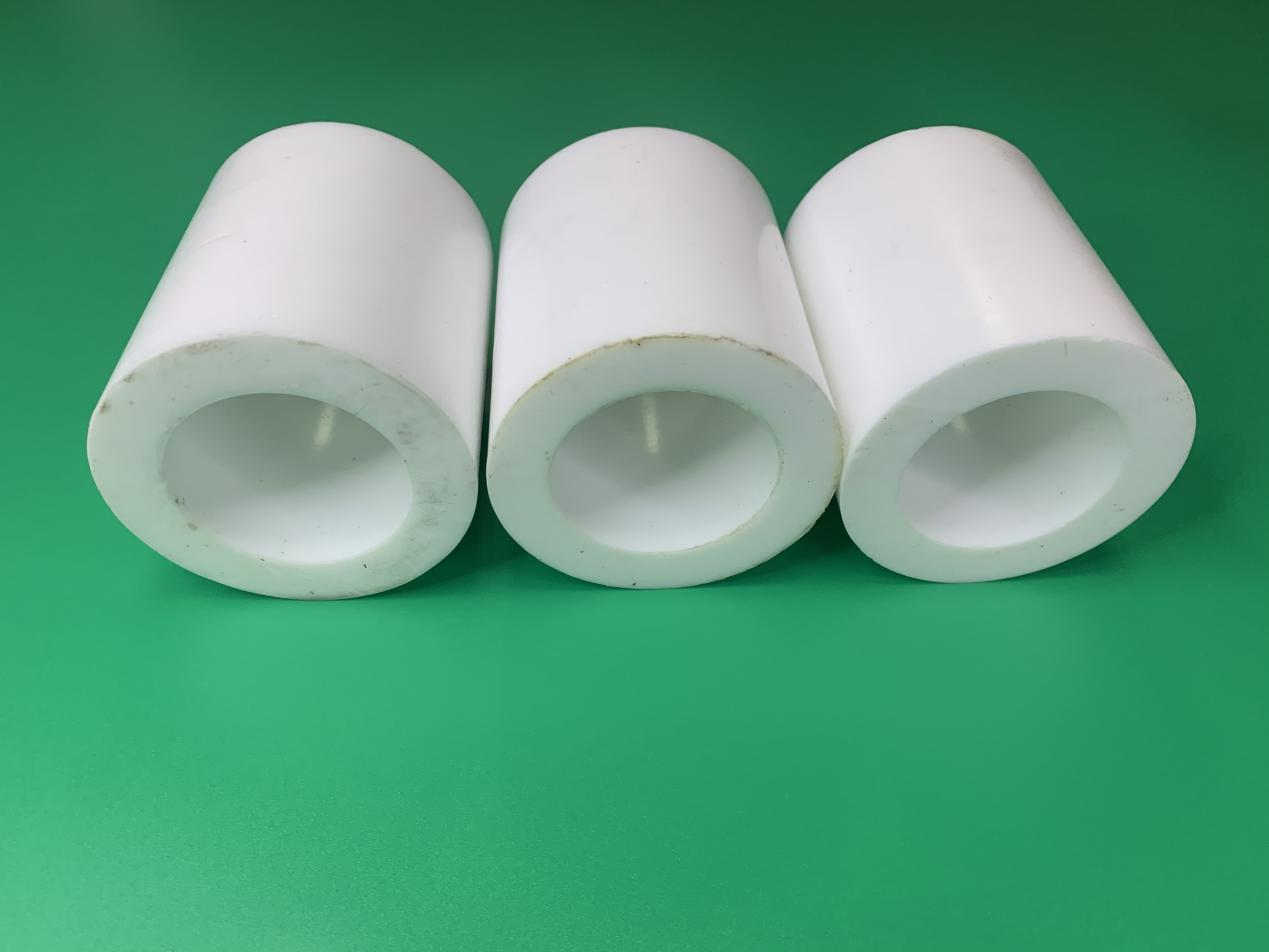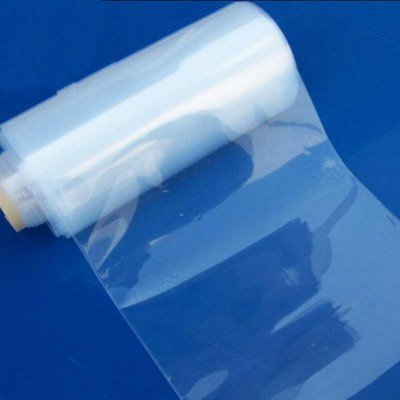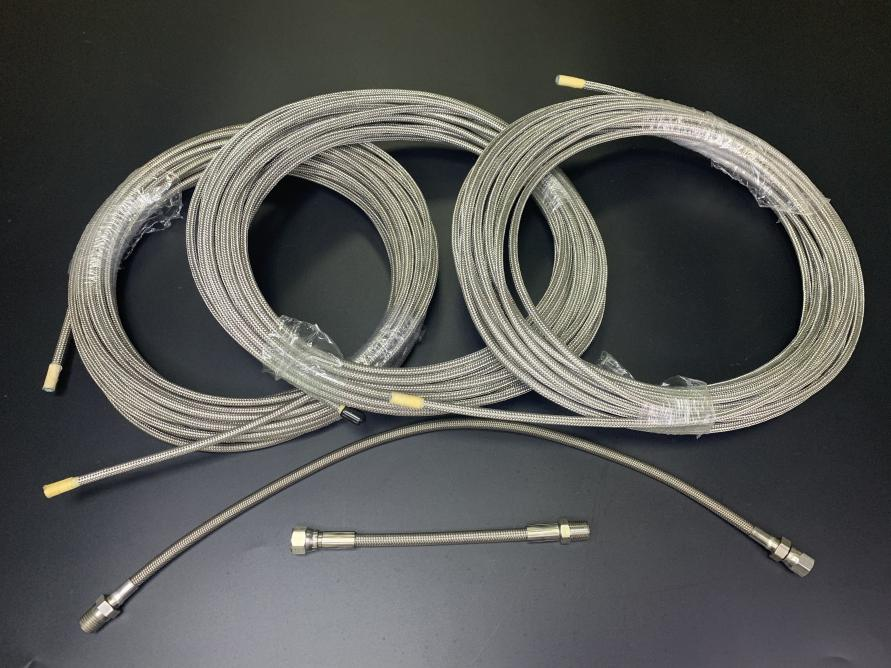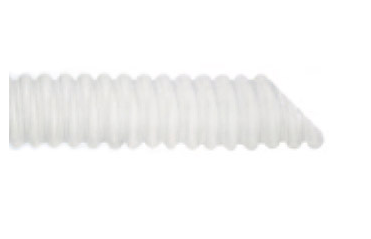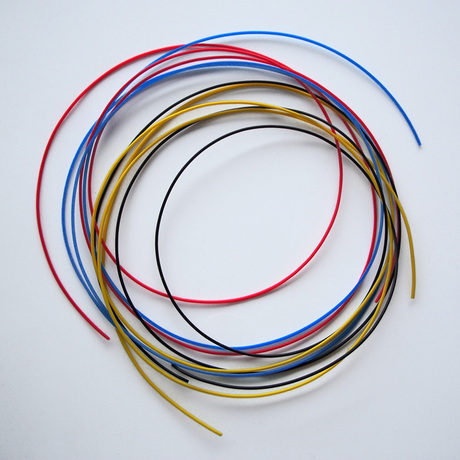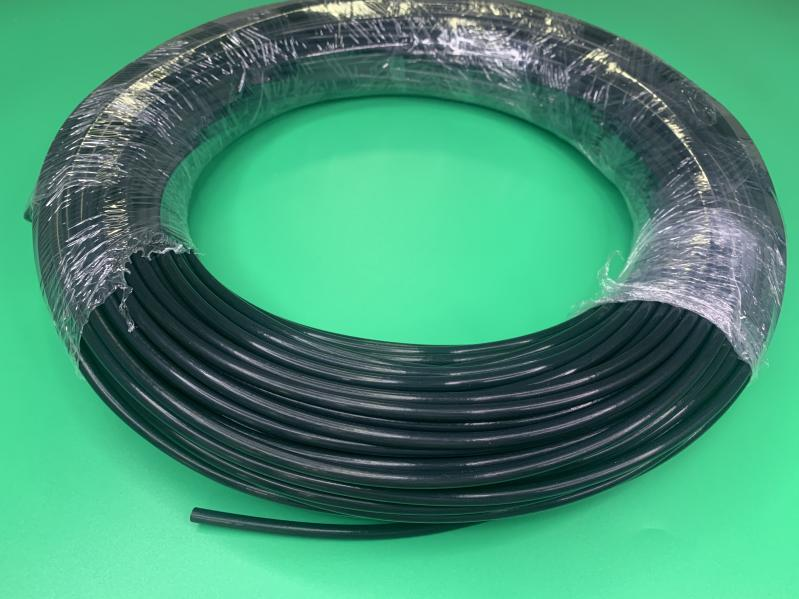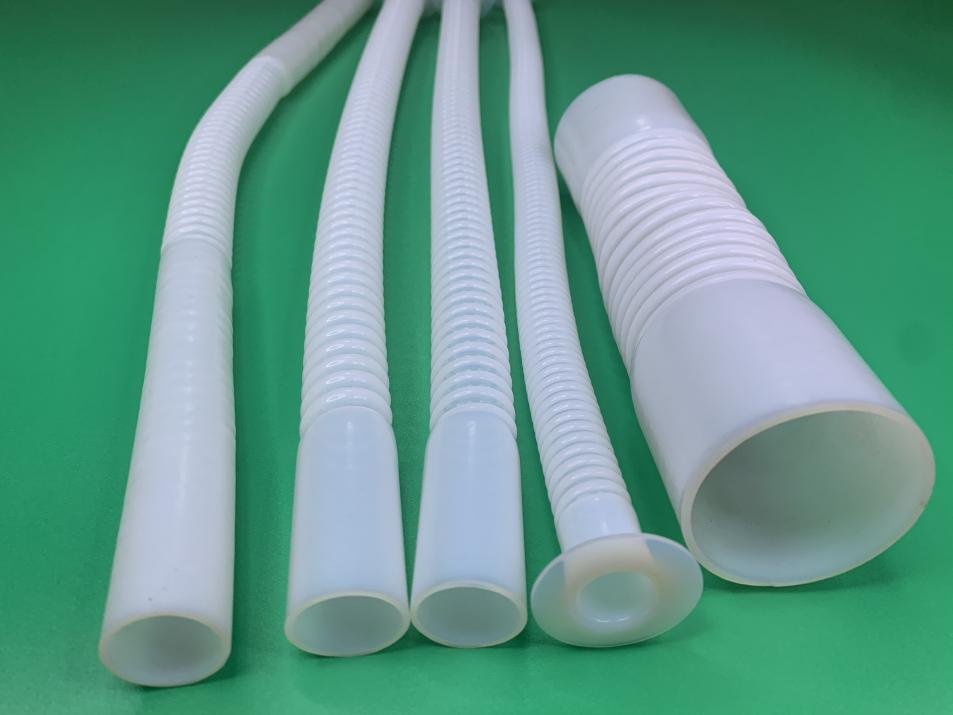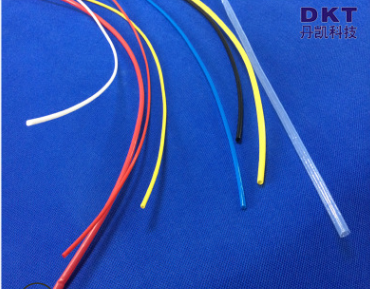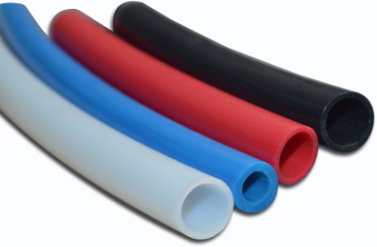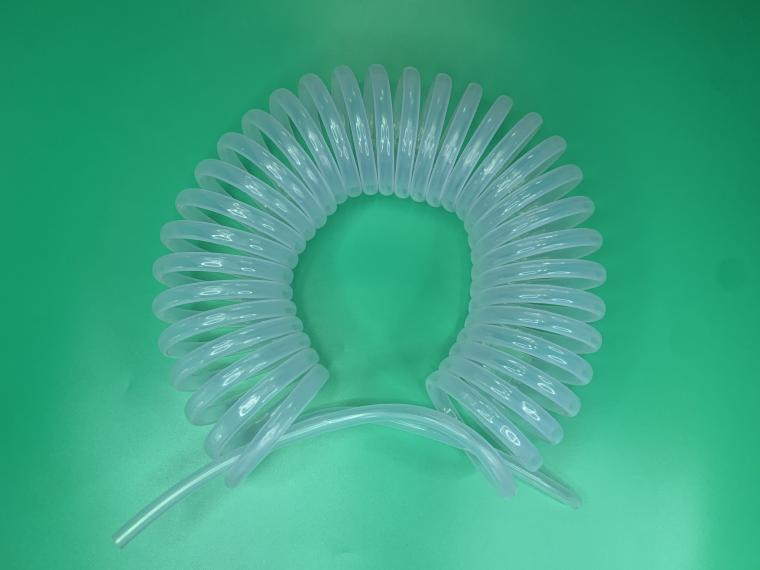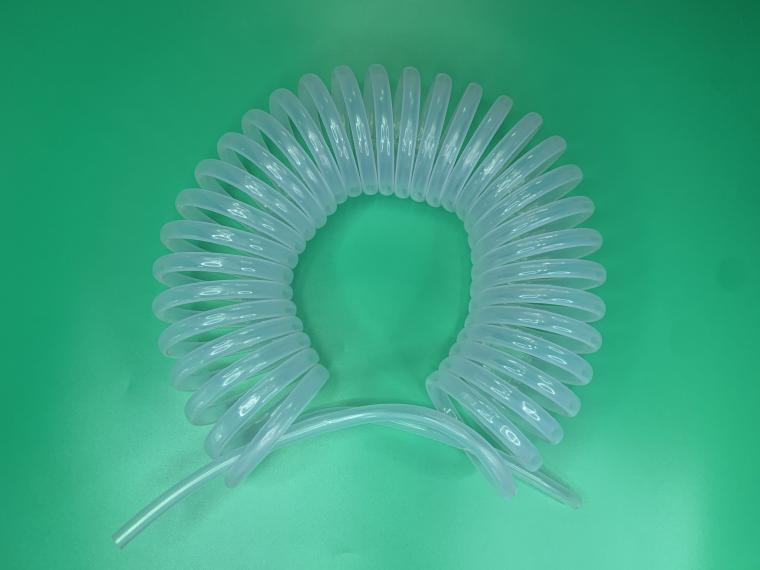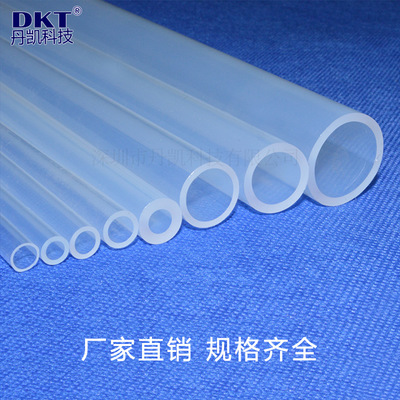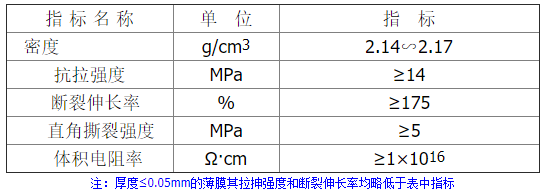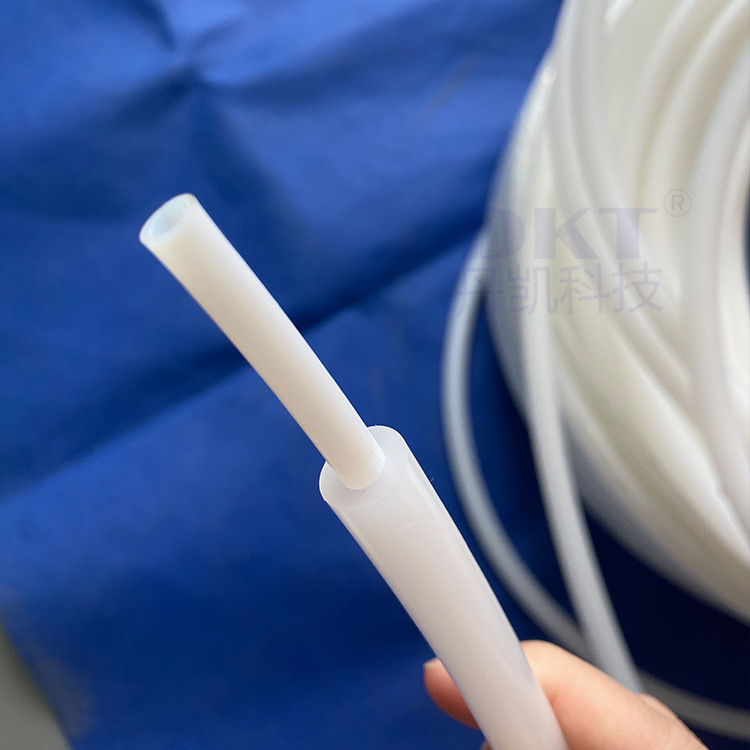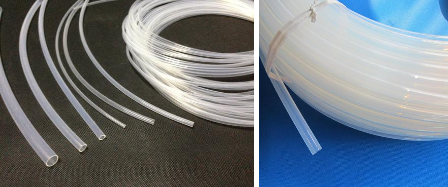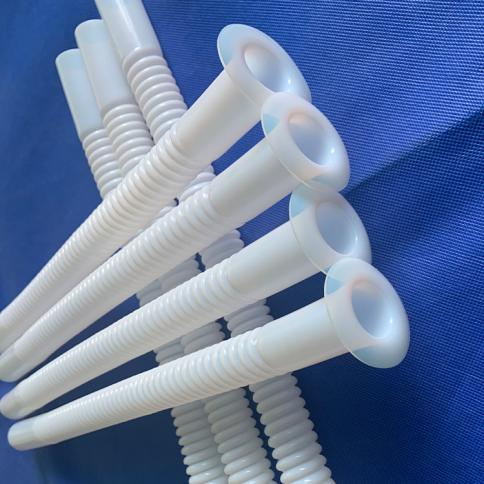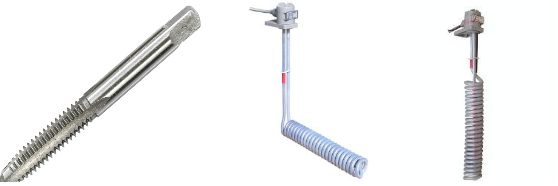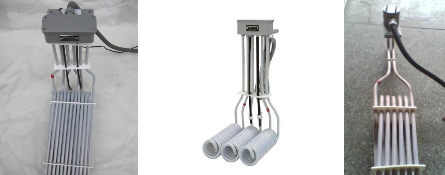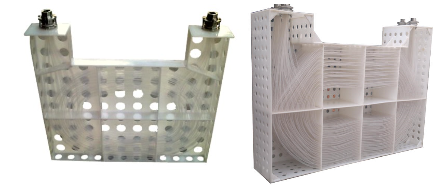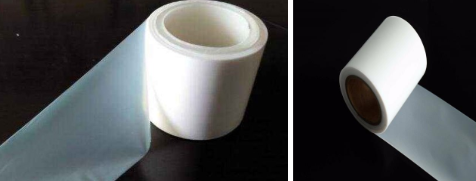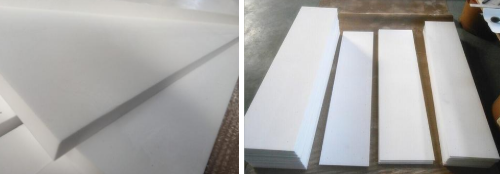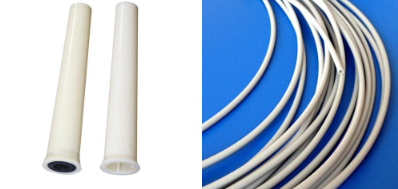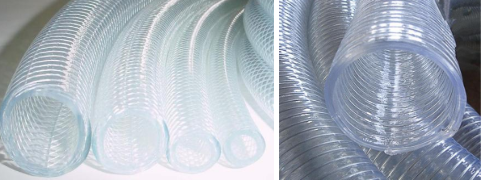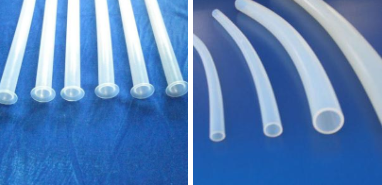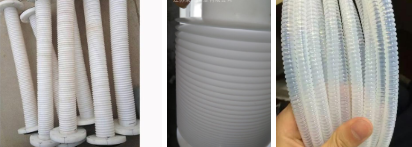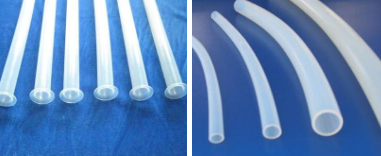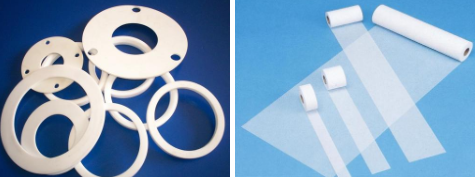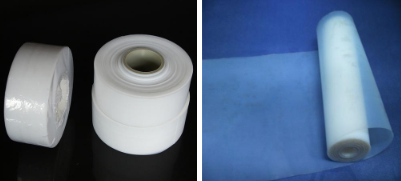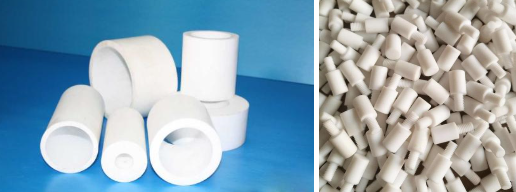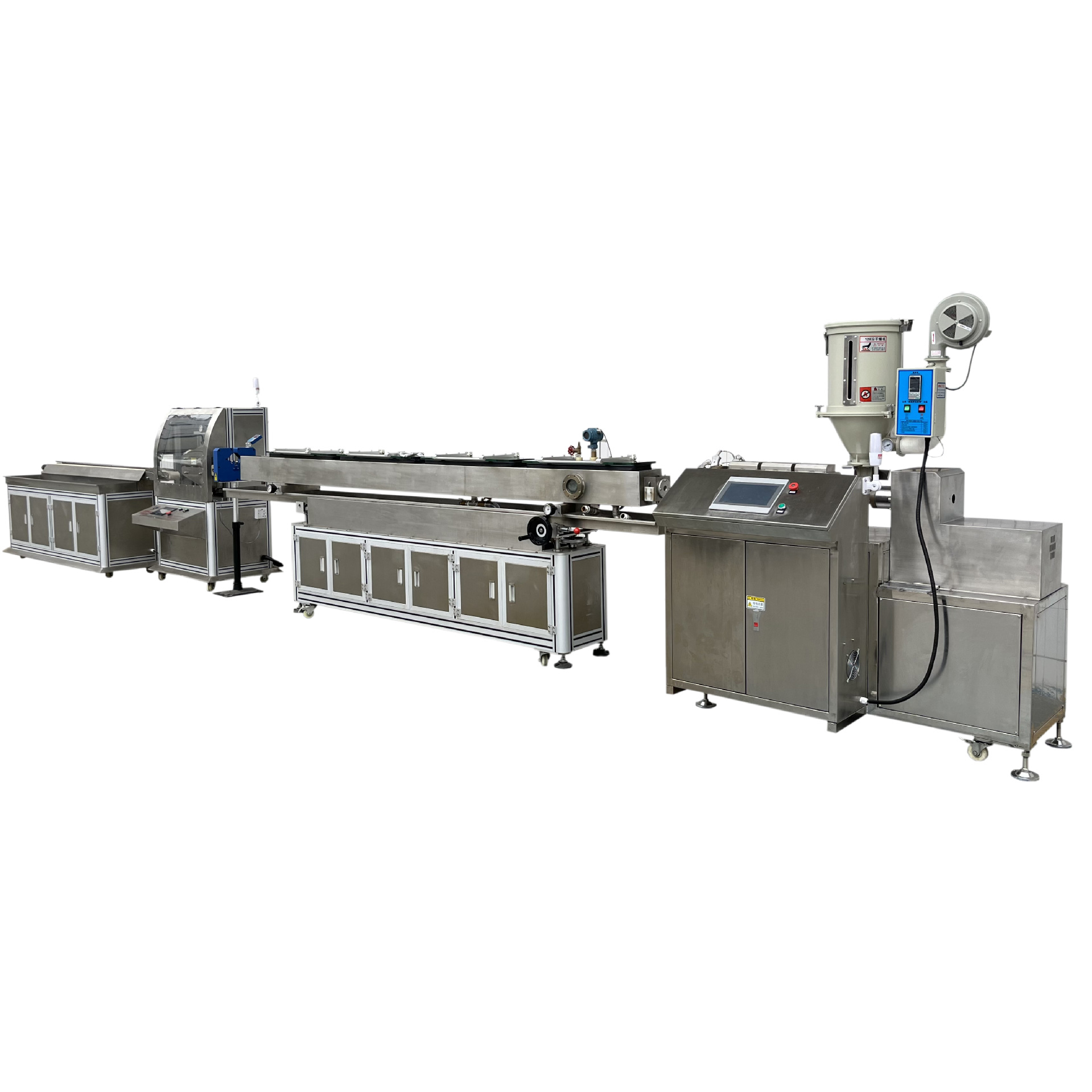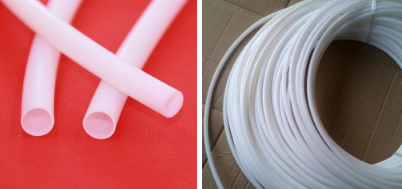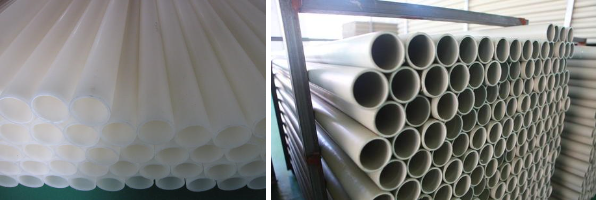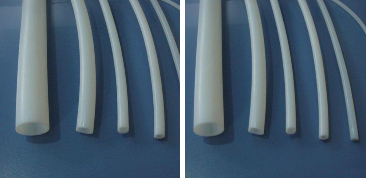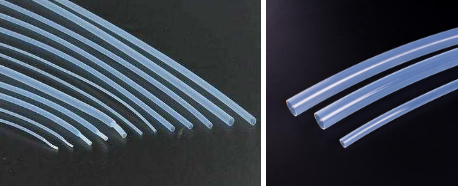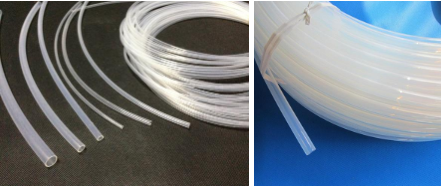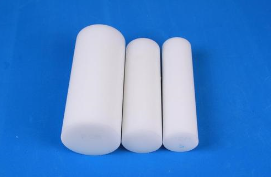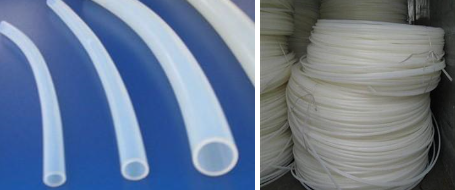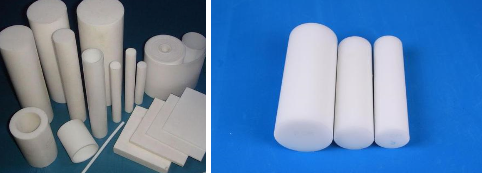Welcome to the official website of Shenzhen Dankai Technology Co., Ltd.!
Sitemap | contact us | Online message | CN
Telephone:
+8615158121839Hot key words:Polyperfluoroethylene propylene(FEP/F46) PTFE Teflon series PFA PVDF
News
Telephone:
+8615158121839Information details
What material is Fep
- Categories:Industry news
- Author:PFA tube lady
- Origin:PFA tube lady
- Time of issue:2019-04-29 09:43
- Views:
What material is Fep
- Categories:Industry news
- Author:PFA tube lady
- Origin:PFA tube lady
- Time of issue:2019-04-29 09:43
- Views:
FEP is mainly a kind of high temperature resistant material. The material is mainly transparent. FEP is resistant to high temperature and corrosion, FEP is resistant to acid and alkali, FEP is resistant to wear, and FEP is resistant to temperature of 200 degrees. FEP is a special fluorine material.
FEP has a crystal melting point of 580F and a density of 2.15g/CC (grams per cubic centimeter). It is a soft plastic with lower tensile strength, wear resistance and creep resistance than many engineering plastics. It is chemically inert and has a low dielectric constant (2.1) in a wide temperature and frequency range. The material does not ignite and can prevent the spread of flames. It has excellent weather resistance, low friction coefficient, and can be used from low temperature to 392F. The material can be made into granular products for extrusion and molding, used as powder for fluidized bed and electrostatic coating, and can also be made into water dispersion. Semi-finished products include films and plates. Rod and single fiber. Its main purpose is to make the inner layer of pipes and chemical equipment, the surface of the drum, and various wires and cables, such as aircraft hook wires, booster cables, alarm cables, flat cables and oil well logging cables. FEP film has been used as a thin coating for solar collectors.
F-46 resin not only has similar characteristics to PTFE, but also has good processing properties of thermoplastics.
performance
The content of hexafluoropropylene in F-46 has a certain influence on the performance of the copolymer. The content of hexafluoropropylene in F-46 resin currently produced is usually around 14%-25% (mass fraction).
1 physical properties
There is currently no feasible method for determining the molecular weight of F-46 resin. But its melt viscosity at 380℃ is lower than that of PTFE, which is 103-104Pa.s. It can be seen that the molecular weight of F-46 is much lower than that of polytetrafluoroethylene.
The melting point of F-46 varies with the composition of the copolymer. When the content of hexafluoropropylene in the copolymer increases, the melting point becomes lower. According to the results measured by the differential thermal analysis method, the melting point of domestic F-46 resin is mostly between 250-270℃, which is lower than that of polytetrafluoroethylene.
F-46 resin is a kind of crystalline high polymer, the crystallinity is lower than that of polytetrafluoroethylene. When the F-46 melt is slowly cooled to the temperature below the crystal melting point, the macromolecules recrystallize, and the crystallinity is 50%-60 %; When the melt is rapidly cooled by quenching, the crystallinity is small, between 40%-50%. The crystal structure of F-46 is all spherulitic, and there are certain differences depending on the resin, processing temperature and heat treatment method.
2 Electrical insulation properties
The electrical insulation performance of F-46 is very similar to that of PTFE. Its dielectric coefficient is almost unchanged in a wide range from deep cold to the highest operating temperature, from 50Hz to 1010Hz ultra-high frequency, and it is very low, only about 2.1. The dielectric loss tangent changes slightly with frequency, but does not change much with temperature.
The volume resistivity of F-46 resin is very high, generally greater than 1015?.m, and changes little with temperature, and is not affected by water and moisture. Arc resistance is greater than 165s.
The breakdown field of F-46 increases as the thickness decreases. When the thickness is greater than 1mm, the breakdown field strength is above 30kV/mm, but it does not change with temperature.
3 thermal performance
The heat resistance of F-46 resin is second only to PTFE, and it can be used continuously in the temperature range of -85-+200℃. Even in the extreme conditions of -200°C and +260°C, its performance does not deteriorate, and it can be used for a short time.
The thermal decomposition temperature of F-46 resin is higher than the melting point temperature, and significant thermal decomposition occurs above 400°C. The decomposition products are mainly tetrafluoroethylene and hexafluoropropylene. Since F-46 macromolecules usually have equal end groups also decompose at temperatures above the melting point, proper ventilation must also be paid when processing above 300°C. F-46 is quite stable below the melting point temperature, but the mechanical strength loss is greater at a high temperature of 200°C. Figure 2 shows the instantaneous change of the melt index of F-46 resin at a constant temperature. The melt index represents the number of grams of F-46 flowing through the specified aperture within 10 minutes at 372°C and 5000g gravity. Therefore, the melt index can be increased Analyze the decrease in melt viscosity and the thermal decomposition of the copolymer. Figure 3 is the life curve of F-46 and F-4 insulated wires compared.
F-46 is still irregularly hard and brittle at -250°C, and still maintains a small elongation and a certain degree of flexibility. It is even better than PTFE, and it is inferior to all other types of plastics.
4 Chemical resistance
The chemical resistance of F-46 is similar to that of polytetrafluoroethylene, and it has excellent chemical resistance. Except for reacting with fluorine element, molten alkali metal and chlorine trifluoride at high temperature, it will not be corroded when it comes in contact with other chemicals.
5 mechanical properties
Compared with PTFE, F-46 has slightly improved hardness and tensile strength, and the coefficient of friction is also slightly larger than that of PTFE. At room temperature, F-46 has better creep resistance; but when the temperature is higher than 100°C, the creep resistance is inferior to that of PTFE.
6 other properties
F-46 resin has very good oxidation resistance in the atmosphere and high atmospheric stability. The radiation resistance of F-46 is better than that of PTFE and slightly inferior to polyethylene. In the air and at room temperature, the minimum absorbed dose at which F-46 begins to change in performance is 105-106rad or 103-104Gy, so it can be used as a radiation-resistant material
FEP materials can do many things. Dankai Technology Company mainly uses FEP to make FEP tubes, FEP heat-shrinkable tubes, and FEP films. Each company has different uses.
More news
Landline: 0755-29979617
Cell phone: 15818669373

Add WeChat, free sample

Follow the corporate public account
Shenzhen Dankai Technology Co., Ltd.
Address: Area B, 4th Floor, Building 1, North Yongfa Science and Technology Park, Yanchuan North, Chaoyang Road, Songgang Town, Bao'an District, Shenzhen
Tel: 0755-29979617 23127719 23127819
Fax: 86-0755-29979492

Follow us
Page copyright©1998-2024 Shenzhen Dan Kai Technology Co., Ltd. Guangdong 粤ICP备12071381号



